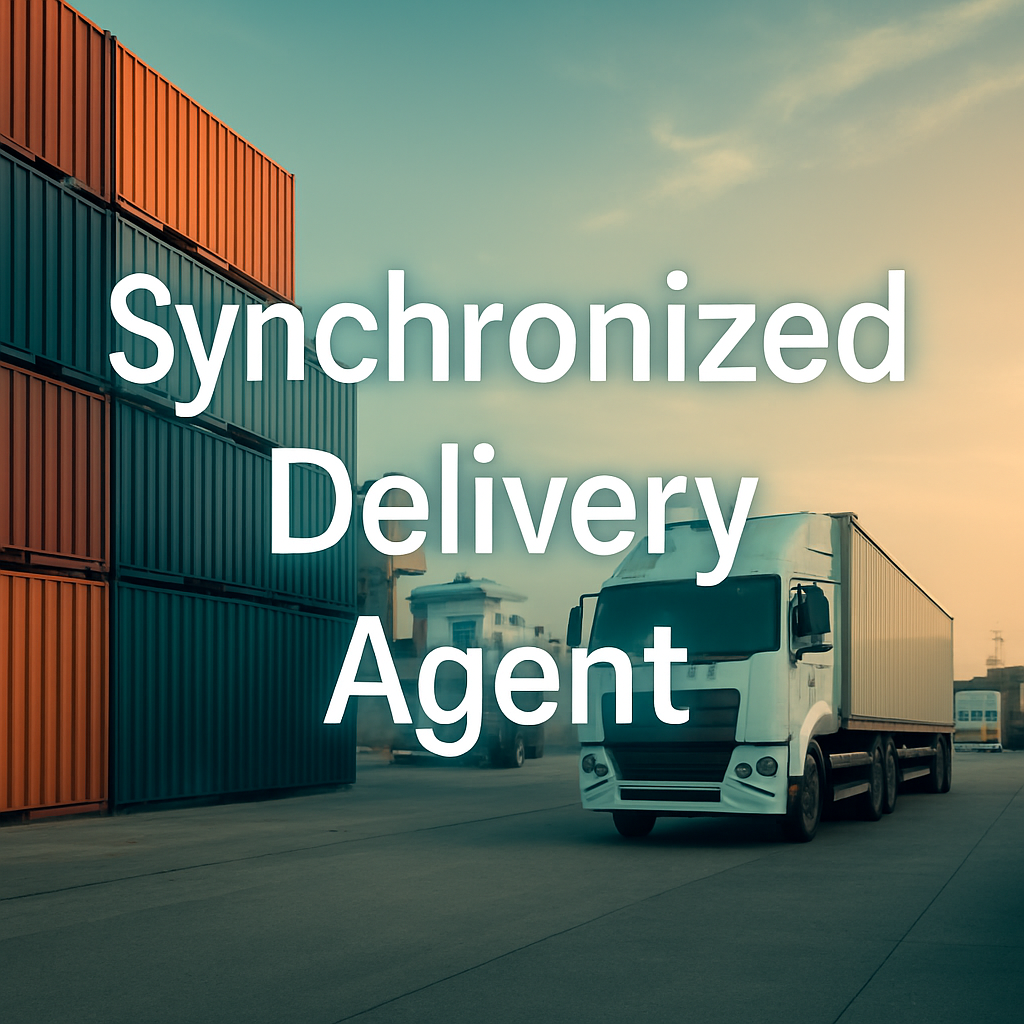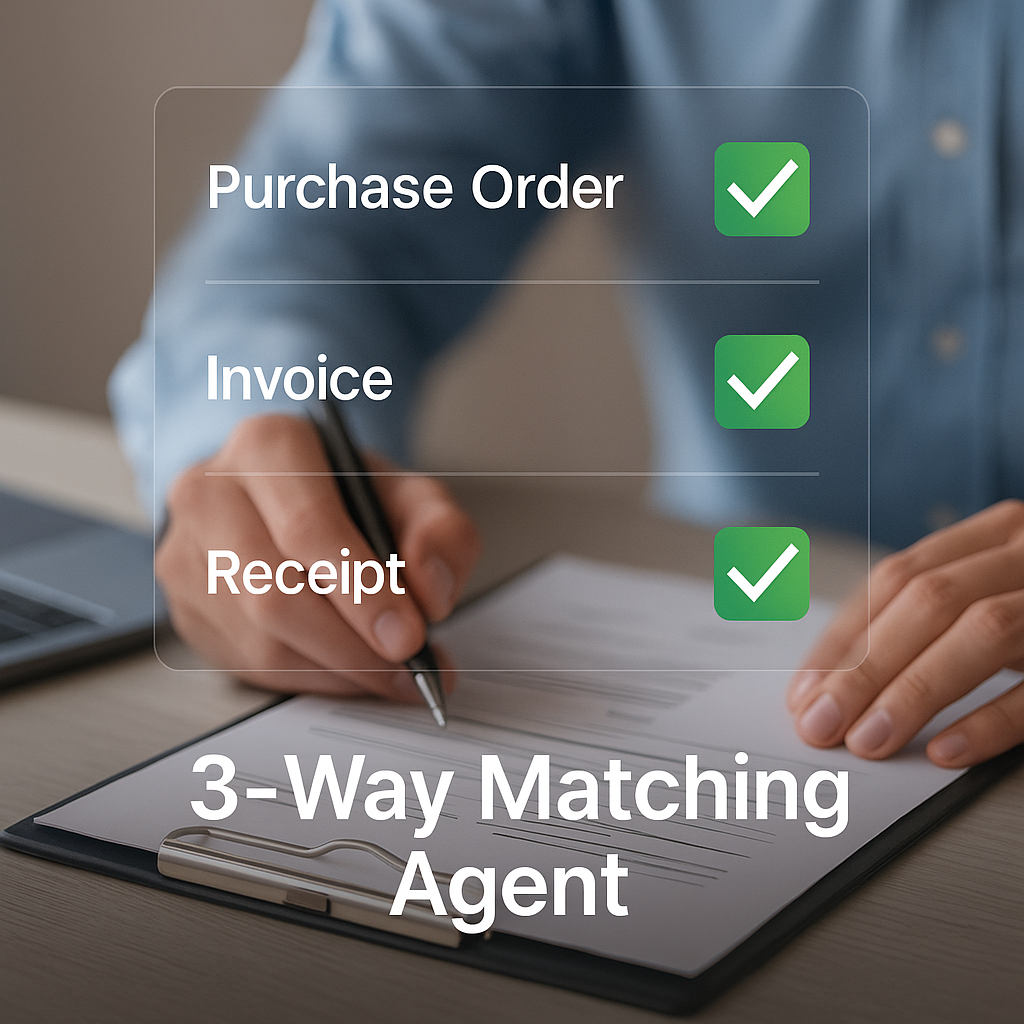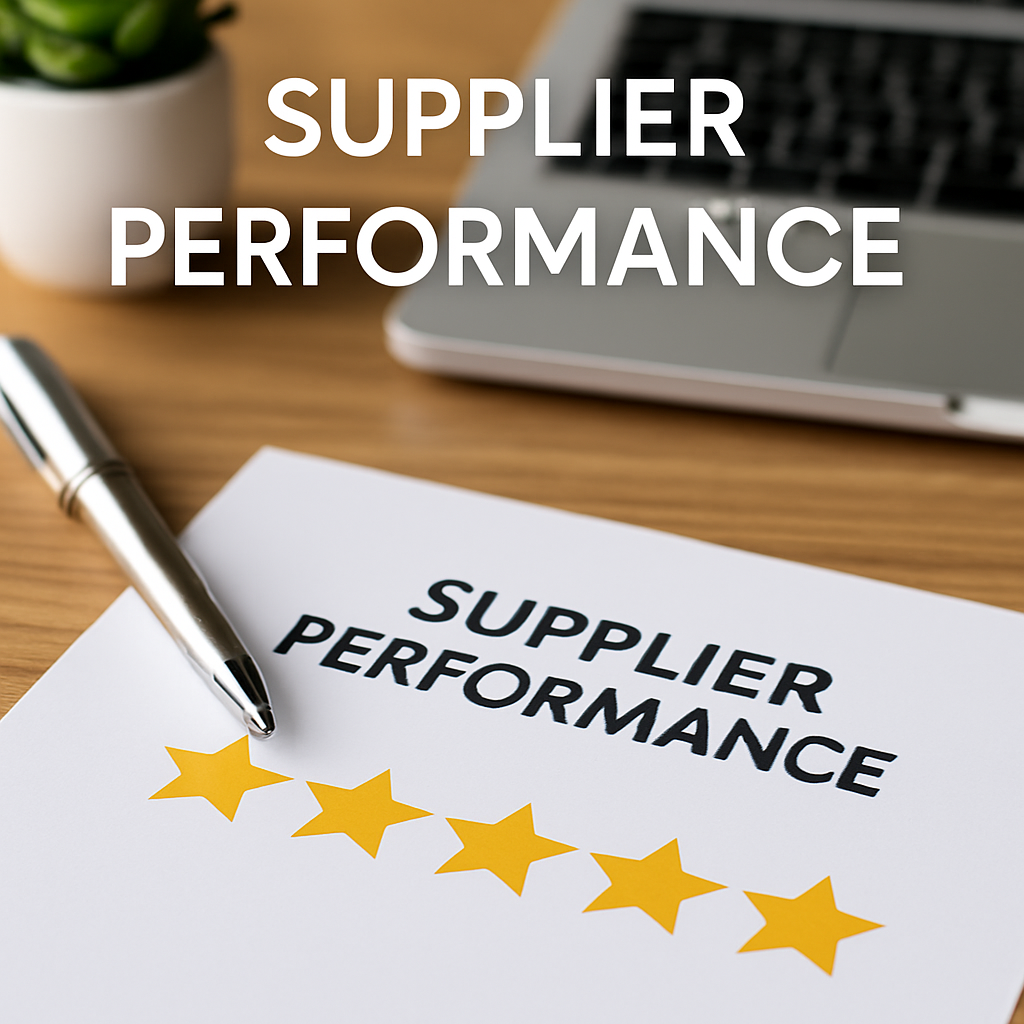By integrating Artificial Intelligence into the Source-to-Pay framework, organizations can enhance procurement integrity through real-time monitoring and intelligent automation. AI-driven systems enable continuous oversight of supplier activities, contract adherence, and transactional data, ensuring compliance with regulatory standards and internal policies.
Advanced analytics and machine learning algorithms detect anomalies and potential fraud, providing early warnings and facilitating prompt corrective actions. This proactive approach safeguards against risks and fosters transparency and accountability across the procurement lifecycle, reinforcing trust with stakeholders and supporting sustainable business practices.
Uses ServiceNow and AI to scan supplier contracts for potential discounts, rebates, bundling opportunities, and compliance obligations, enabling organizations to protect negotiated value, accelerate rebate recovery, and reduce financial and audit risk.
Increases rebate and discount capture by 25% while reducing penalty risks by 30%.

Orchestrates supplier schedules and shipping logistics so all project materials arrive within a single delivery window—reducing costly delays, rush fees, idle crews, and unnecessary truck rolls with minimal manual effort.
Improves project start timeliness by 20% and cuts expedite costs by 25%.

Captures every product handoff, movement, and receipt from supplier to project site—creating a real-time, tamper-proof audit trail that deters fraud, prevents inventory loss, and accelerates investigations when issues arise.
Cuts inventory loss incidents by 40% and accelerates audit closure times by 50%.
Verifies that purchase orders, receipts, and invoices align perfectly—while also detecting patterns and anomalies traditional matching can’t catch, strengthening payment integrity and protecting financial results.
Achieves over 70% touchless invoice processing and reduces fraud/error incidents by 35%.

Continuously monitors suppliers for financial instability, compliance violations, sanctions, and operational risks—delivering early warnings so Procurement can intervene before minor issues escalate into major disruptions.
Flags at-risk suppliers 30% faster and reduces supplier failure impact by 20%.
